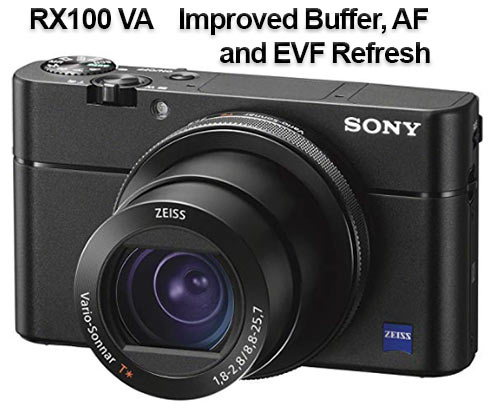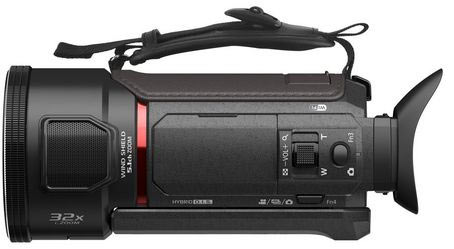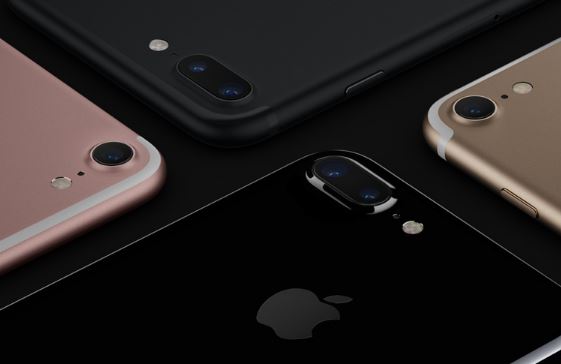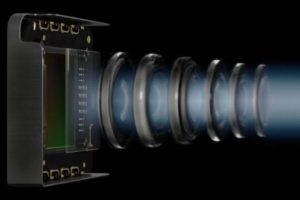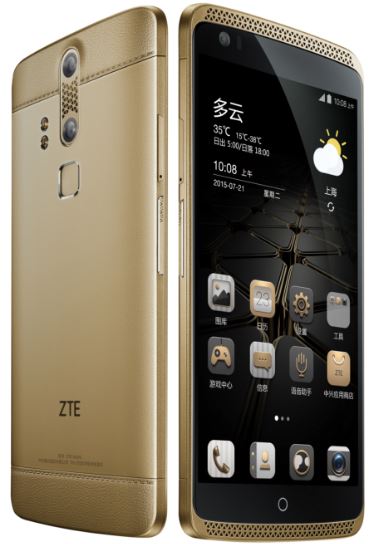Sony has decided to release the RX100 VA worldwide and it effectively replaces the RX100 V production line. The new camera will have a better EVF refresh, modern Autofocus with improved tracking and a larger buffer of 233 images. We considered the newly announced RX100 VI camera to be just a longer lens version of the RX100 V but with an increased price tag. That camera does have a touchscreen and the reach but the fans of the faster f1.8-f2.8 lens of the RX100 V now can get a more up to date version.
We favor the RX100 VA to all other RX100 cameras as the $999 price tag is more in line with the segment. If you already own an RX100 V camera there is no reason to get a VA version as there will not be any improvement to the slow-motion component which is already one of the best out there.

